What is a Ladder Problem?
They are special because the problem is simple, but the calculation becomes complicated. Ladder Wall Problem
top
Result: The ladder touches the wall at 6.9m. When the cosinus function is introduced, you can find the angle of inclination. There is cos(alpha)=d/c. Then you get alpha=arc cos (d/c)=arc cos (1.4/7)=78.5°. Ladder Box Problem
top
Two solutions
Formula
The Pythagorean theorem says (#) c²=(b+x)²+(b+y)². There are two similar triangles (yellow) and you have (##) x:b=b:y. If you isolate y at (##) and put y at (#), you get c²=(b+x)²+(b+b²/x)² or x4+2bx³+(2b²-c²)x²+2b³x+b4=0. This is an equation of 4th degree. Approximate solution There is b=1 and c=5. This leads to the equation x4+2x³-23x²+2x+1=0. You find an approximate solution by investigating the graph of the function f(x) = (x4+2x³-23x²+2x+1)/64 and by finding the points at the x-axis. The factor 1/64 is arbitrary and makes a nice graph possible.  Or the height of the ladder is 1.26m with x=3.84 und y=1/x=0.26. Exact solution You can use the p-q-formula of the quadratic equation to solve x4+2x³-23x²+2x+1=0. At first you put c=5 and b=1 and then y=1/x.at the equation (#) c²=(x+b)²+(y+b)². You get (x+1)²+(y+1)²=25 or (x+1)²+(1/x+1)²=25 or x²+2x+1+1/x²+2/x +1=25 or [x²+2+1/x²]+ [2x+2/x]=25. There are z²=x²+2+1/x² and 2z=2x+2/x.with z=x+1/x. Thus you get the quadratic equation in z: z²+2z=25=0. The further calculation is:
Solution with the help of trigonometric formulas sent by Cavan Orwell
You get 5=1/sin(t)+1/cos(t) because of smilar triangles and 5=[sin(t)+cos(t)]/[sin(t)cos(t)] oder 5[sin(t)cos(t)]=sin(t)+cos(t). There is the trigometric identity sin(2t)=2 sin(t)cos(t). Then there is 2,5sin(2t)=sin(t)+cos(t). Squaring gives 6,25sin²(2t)=[sin(t)+cos(t)]²=sin²(t)+2sin(t)cos(t)+cos²(t)=2sin(t)cos(t)+1 because of sin²(t)+cos²(t)=1. This gives 6,25sin²(2t)=sin(2t)+1. This is a quadratic equation in sin(2t)=y, 6,25y²=y+1 or y²-0,16y-0,16=0. There are the solutions y1=0,08+sqrt(0,1664) and y2=0,08-sqrt(0,1664). y=sin(2t) gives sin(2t1)=0,08+sqrt(0,1664) or 2t1=29,20° or 2t2=180°-29,2°=150,80°. The formula h=c*sin(t) gives h1=5*sin(t1)=5*sin(14.60°)=1,26 oder h2=5*sin(t2)=5*sin(75.40°)=4,84. The solution y2=0,08-sqrt(0,1664) is negative and leads to angles, which are not possible for the ladder. Variations >You can look for integers as solutions of the equation of 4th degree. >You can replace the cube by a solid. >You can calculate the ratio how the ladder is divided in two parts.
You find more about this ladder problem at Torsten Sillke's homepage (URL below). There you also find the fact that Newton has even worked on the problem "segment in a corner". Kent Holing (2) has raised the question when and where
the problem "Single Ladder Problem" turned up for the first time.
Ladder Corner Problem top
x=b leads to c/2=sqrt(b) or c=2sqrt(2)b. This solution is illustrated in the drawing above. Result: The ladder with the length c=2sqrt(2)b is the longest one. A more general solution - sent by Johan Asma
(c²)'=0 gives a²(-2/p²-2/p³)+b²(2+2p)=0 or a²(-2p-2)+b²(2p³+2p4) or -2a²(p+1)+2b²p³(1+p) or (-2a²+2p³b²)(p+1)=0. The solution is p³=a²/b² or p=(a/b)2/3. Let b=a. Then p=1 and c²=a²(1+2/p+1/p²)+b²(1+2p+p²)=b²(1+2+1)+b²(1+2+1)=8b²
or c=2sqrt(2)b.
You can also give the problem as a ladder box problem: A box in cube shape with the edge length 1m stands in front of a wall. A ladder leans against the wall and just touches the box at an edge. How long is the shortest ladder? Hans-Joachim Simon sent me the following solution. 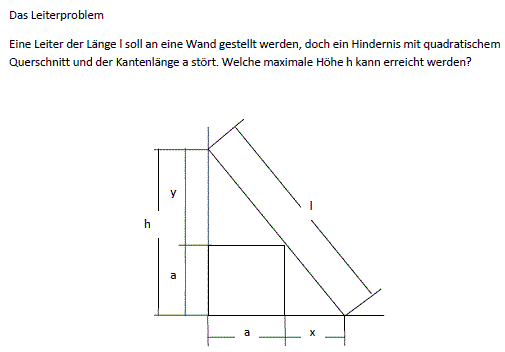
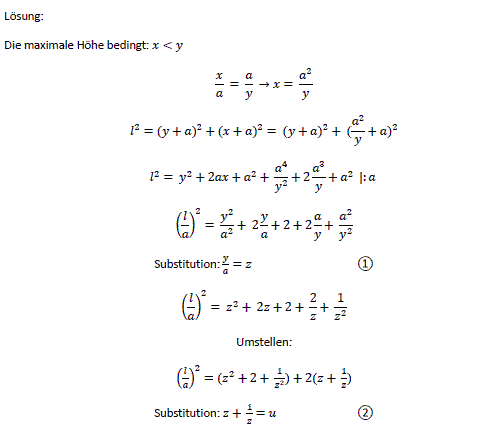
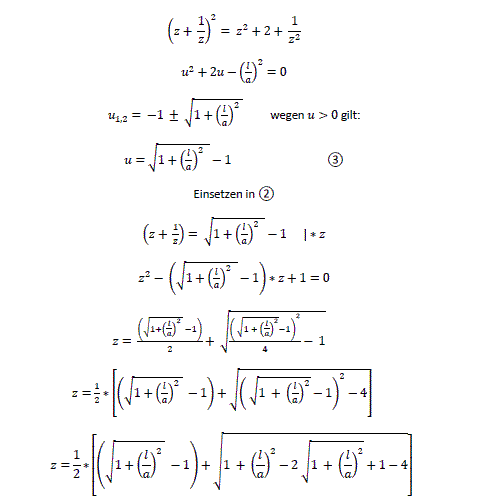
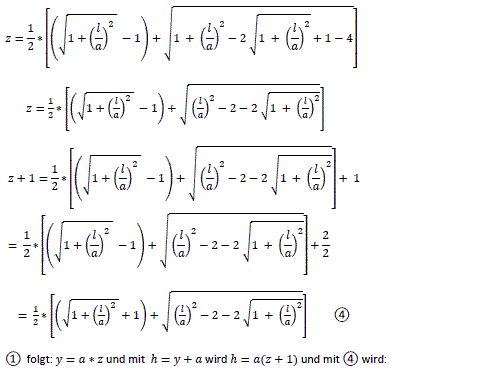
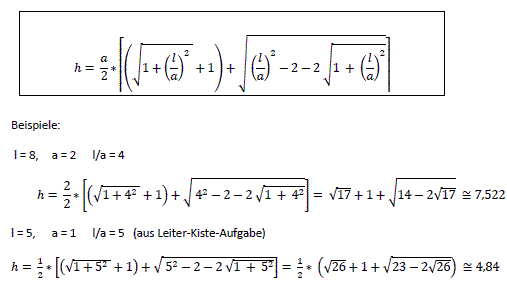 Crossing Ladders
Problem top
Attempt of a solution
Then you get an equation of 8th degree :-(. Solution as replacement You don't calculate the distance of the wall directly but via the height h of the longer ladder. You get 1=c/h+c/k and k=ch/(h-c) with (#) and (##).
Example with numbers
The attraction of the problem in recreational mathematics is not in finding the distance of house walls. It is a challenge to find integers as values and the integers as small as possible for the different lengths. You find a collection in Gardner's book. Kent Holing (2) has raised the question when and where the problem "Crossed Ladders Problem" (CLP) turned up for the first time. "The oldest reference to the CLP we know is from 1894. (Problem 24. The American Mathematical Monthly, 1 (1894), 353-354)" Sliding Ladder Problems top
5th problem: Find the curve which the centre of the ladder draws during sliding!
Result: The centre of the ladder is moving along a circle. Generalization: Which curve draws an arbitrary but fixed point of a ladder during sliding? Astroid
6th Problem: A ladder c=5m long is leaning against a wall. The foot of the ladder is pulled away from the wall at a speed of vx =0,3m/s just when it is x=3m from the wall. How fast is the top of the ladder moving down the wall? General solution
The derivation is 2x[x'(t)] +2y[y'(t)]=0, hence is y'(t)=-{x[x'(t)]}/y(t)} = -{x[x'(t)]}/sqrt{c²-[x(t)]²}=vy. Solution with numbers Let c=5m, x=3m and vx =0,3m/s: vy=-3*0,3/sqrt(5²-3²)m/s=-0,23m/s Result: The top of the ladder is moving downwards with a speed of 0,23 m/s. 7th Problem: A uniform ladder of the length l=5m and the mass m=30kg leans against a wall at an angle of phi=30° to the wall. A man of the mass M=60kg ascends up the ladder. How far can he climb before the ladder slips? The coefficient of friction between the foot of the ladder and the ground is f=1/3. Assume there is no friction along the wall. Solution: Forces
Equilibrium of forces: FW=FR and FN=FP+FL. Equilibrium of moments about A: (#) FW*c cos(phi)=FP*s sin(phi)+FL*(c/2)*sin(phi) Further calculation: The ladder is about to slip just when FR=f FN is. Hence you replace FW in (#) by f(FP+FL): (##) cf(M+m)=Ms tan(phi)+m(c/2)tan(phi) Let c=5m, f=1/3, m=30kg, M=60kg and phi=30° , then s=3.1m. Result: The man can ascend 3.1m. The solution of the next problem is a special case in the latter calculation. 8th Problem: A uniform ladder of the length c=5m and the mass m=30kg leans against a wall. Assume there is no friction along the wall. The coefficient of friction between the foot of the ladder and the ground is f=1/3. At which angle starts the ladder to slide? Solution: Put M=0 in (##) and you get fmc=m(c/2)tan(phi). Hence there is f=(1/2)tan(phi) or phi=arc tan(2f). Solution with numbers: phi =arc tan(2/3)=33.7°. Result: The angle between the ladder and the wall is just 33.7°. Ladder Stories top 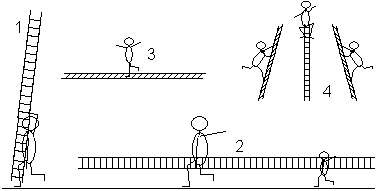 2 Father and son are carrying a ladder. 3 A child is balancing on a ladder. 4 An circus acrobat is ascending a ladder and descending on the other side. Maybe he performs a handstand at the top or he walks with the ladder. You can physically explain the issues considering moments. Ladder Problems on the Internet top German Bernd R. Mentjes
Hans-Jürgen Caspar (bei Mathroids Matheplanet))
Mathematischer Korrespondenzzirkel (Universität Göttingen)
Matroids Matheplanet Forum Index
René Grothmann
Wikipedia
English Philip Spencer
Eric W. Weisstein (MathWorld)
Frank Wolfs
Jim Wilson
Marek Szapiel (Lawrence S. Husch, visual calculus)
Torsten Sillke
Wikipedia
References top
This page is also available in German. URL of
my Homepage:
© 2004 Jürgen Köller |

 ...
... ...
... ...
...
 ...
... ...
... ...
... ...
...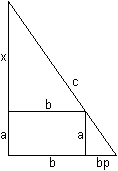
 ...
...
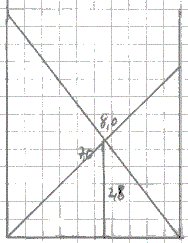 ...
...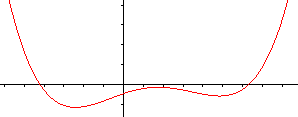 ...
...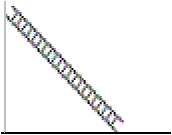 ...
... ...
...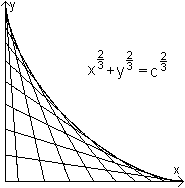 ...
...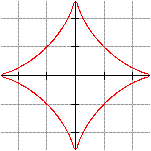 ...
... ...
... ...
...